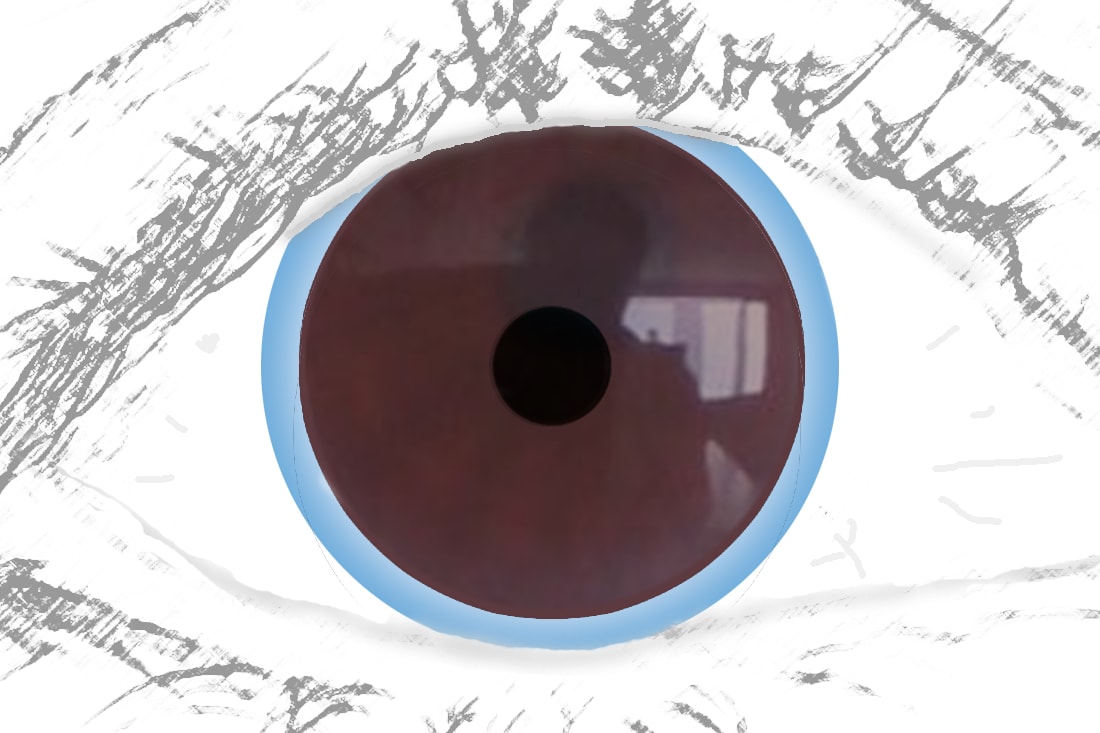A person’s eyes say so much – about their personality, their feelings, and even their health. One of the signs something may be wrong is a gray, blueish or white ring that extends around the outer part of the iris or cornea.
This condition is called corneal arcus senilis. What causes it and, if you have it, what does it mean? Let’s find out.
What causes Corneal Arcus Senilis?
The ring in the eyes of people with arcus senilis is caused by cholesterol deposits in the cornea. Although these rings do not bring vision impairment, they can be an indicator of issues involving cholesterol metabolism – and indirectly, a sign of increased risk of heart disease or stroke.
Cholesterol Deposits in the Eye | The Doctors
Watch this short clip from daytime series, The Doctors, illustrating the recommendations of specialists.
Is it always a sign of elevated cholesterol?
Corneal arcus is not uncommon in people over the age of forty – many of whom have normal cholesterol levels. However, when young people exhibit arcus senilis, it’s more likely to be a sign of a problem. Younger people with corneal arcus often come from families with a history of elevated cholesterol and early heart disease or a condition known as familial hypercholesterolemia.
In addition, when a corneal arcus only occurs in one eye, it can be a sign of calcification of a coronary artery. Corneal arcus is not only associated with high cholesterol levels, but also can be seen in people who smoke, have diabetes, hypertension, heart disease, or smoke cigarettes.
Corneal Arcus: What Should You Do If You Have It?
If you have corneal arcus, it’s important to see a qualified eye professional. He or she will probably recommedn a full lipid panel to look for elevated cholesterol and triglyceride levels. Young people with this condition are more likely to have cholesterol problems and should be followed closely and treated aggressively if elevated lipid levels are found.
It’s not clear whether having this sign is an independent risk factor for heart disease. Most studies suggest not. Because this isn’t known for sure, however, it’s a good idea to try and reduce other risk factors for heart disease such as smoking and being overweight.
The Bottom Line
Corneal arcus senilis can be a normal finding after the age of forty, but when it’s seen in a young person it could be an early sign of cholesterol problems. Anyone who exhibits this condition should follow their lipid levels closely and take steps to reduce risk factors for heart disease as much as possible.


















